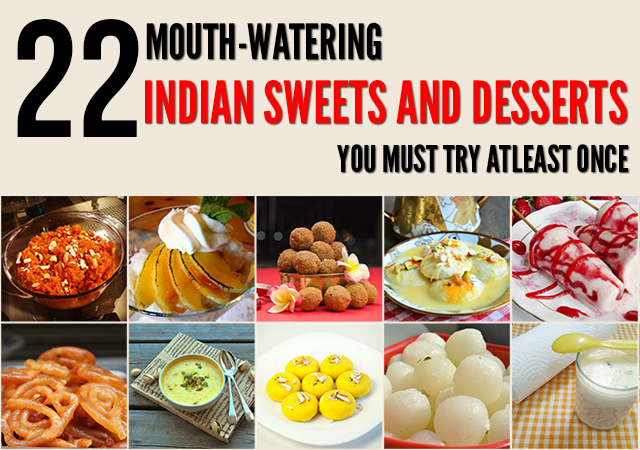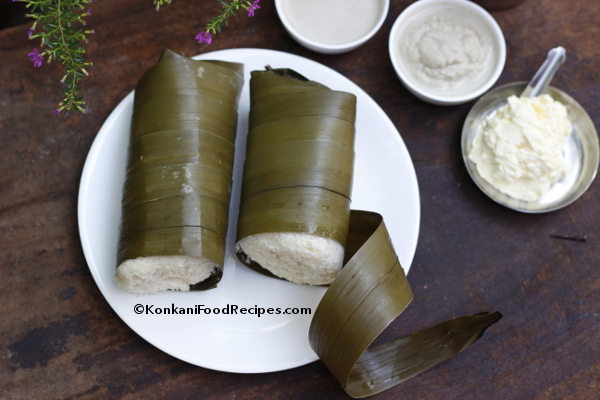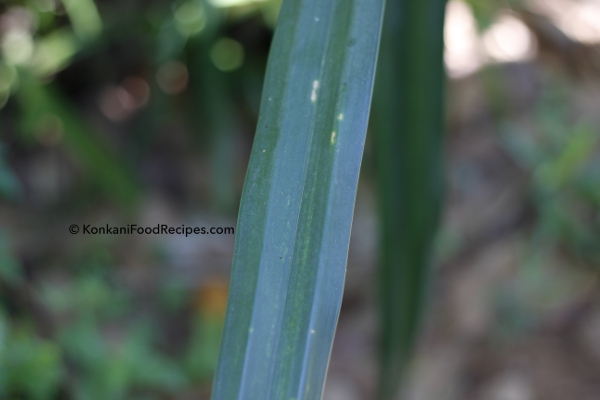I WENT TO EAT 'WRAP'
 FROM AN AMERICAN RESTAURANT HERE IN INDIA ;AND SORRY I COULD NOT EAT NOT EVEN ONE ITEM AS ALL ARE MADE /OR MIXED WITH /MAYONNAISE Is mayonnaise bad for?
FROM AN AMERICAN RESTAURANT HERE IN INDIA ;AND SORRY I COULD NOT EAT NOT EVEN ONE ITEM AS ALL ARE MADE /OR MIXED WITH /MAYONNAISE Is mayonnaise bad for?Depending on the type of diet you follow, mayo can be considered good or bad for you. Mayonnaise is mostly oil, so it is a high-fat and calorie-dense condiment2 with 100 calories per tablespoon. ... mayo is made almost entirely made of fat.
Description
Cheese is a dairy product derived from milk that is produced in a wide range of flavors, textures, and forms by coagulation of the milk protein casein. It comprises proteins and fat from milk, usually the milk of cows, buffalo, goats, or sheep. Wikipedia
Nutrition Facts
| Calories 402 |
| % Daily Value* | |
| *Per cent Daily Values are based on a 2,000 calorie diet. Your daily values may be higher or lower depending on your calorie needs. |
LOTS OF UNEMPLOYED YOUTH ESPECIALLY WOMEN CAN START HOME WRAP SALE USING ONLINE ZOMATO AND SWIGGY
A CHAPATI
My Idea :-
1-farsan
2-Indian home food
home food can have south Indian,Punjabi or other regional foods
3-Indian sweets
4-Indian sweets
 with chocolate/or ice cream as per demand
with chocolate/or ice cream as per demand5-Indian vegetable
6-Indian Fruit
you try new things ,new tastes and hopefully you can be a winner.
MAKE SURE YOUR FOOD IS CHEAP AND AFFORDABLE
............................................................
GOVERNMENT ALSO TRYING CHEAP FOOD OUTLET IN MANY STATES
Subsidised canteens gain ground in Indian cities
FEEDING THE URBAN POOR
The concept of subsidised food canteens became especially popular after the success of Amma Canteens in Tamil Nadu, launched by former CM J Jayalalitha in February 2013. Breakfast, lunch and dinner are available in Amma canteens, at Rs 5 and less.
A 2013 survey, by academics S Thangamani and M Maragatham, on Amma Canteens in Salem found that 75% customers were satisfied with food quality, 44% with drinking water, and 58% with the cleanliness of canteens. Officials from foreign countries like Egypt have visited these canteens to study them. At present, there are some 400 Amma Canteens in Chennai and about 250 in other municipalities of the state.
In Bangalore, 101 Indira canteens have been launched already, and 97 will be inaugurated by October 2nd, so that every ward in the Bangalore city corporation (BBMP) will have one of these. The Indira Canteens will serve breakfast for Rs 5, and lunch and dinner for Rs 10 each.
Last December, the Rajasthan government launched the Annapurna Rasoi scheme – 80 mobile kitchens that serve breakfast for Rs 5 and meals for Rs 8, across 12 cities.
Odisha has 111 Ahaar centres spread across all 30 districts,
and Telangana has 50 kiosks in Hyderabad since 2014, all of which serve meals for Rs 5.
Similarly, Andhra Pradesh launched NTR Anna Canteens in June 2016 that serve food at prices of Rs 5 – 7.50. Indira Amma Canteens were started in Uttarakhand in November 2015, serving food at Rs 20 per plate. Jharkhand, which had launched canteens back in 2011 and later closed them due to fund shortage, relaunched them recently.
This April, Madhya Pradesh launched its Deendayal Rasoi Yojana, which serves meals at Rs 5. While these states plan to expand their existing schemes, some others plan to introduce similar schemes.
Impact on urban poor
Often termed ‘populist’, these schemes nevertheless acknowledge a major gap in the food and nutrition requirements of the urban poor, an increasing proportion of the overall urban population thanks to increased migration.
A 2011 policy note by the M S Swaminathan Research Foundation and the UN’s World Food Programme (UNWFP), says that one-fourth of the urban population in India is undernourished and that poverty declines at a much lower rate in urban than in rural areas. It notes that urban poverty is multidimensional, with poor access to shelter, livelihood, sanitation, health and education services etc.
Notably, a large section of urban workers are unorganised and earn less than minimum wages.The increasing costs of agricultural produce and restaurant/street food affect this section of the population and the urban poor in general severely. By providing tasty, nutritious food directly, subsidised canteens can meet their food needs to some extent. They can also free up a large part of the earnings of the poor that is otherwise spent on food.
The MSSRF-UNWFP policy note also says that at the national level, only 13% and 6% of urban households reported consuming rice and wheat respectively from the PDS system. In Orissa, Bihar and Assam, about half the urban poor (those in the bottom 30% in terms of Monthly Per Capita Expenditure) did not even have PDS ration cards. The canteens are very relevant in such scenarios where the PDS (Public Distribution System) has low reach and suffers from huge leakages.
Dr Mani’s interviews revealed that customers were highly satisfied with Amma Canteens. They were mostly daily wage earners, casual labourers, school children, abandoned elderly, and low-salaried employees like delivery boys and sales staff. They perceived they could eat reasonably balanced and healthy food, served hot and hygienically.
Some low-income migrants felt that their food expenses had reduced a lot, allowing them to save and send more money to their families. Media reports about canteens in other states too mostly mention that customers are satisfied with the quality and taste of food served.
Not just the food…
Tamil Nadu had pioneered the model of employing women SHGs (Self Help Groups) from urban slums in the canteens. Each canteen would employ at least 12 SHG members. Chennai city corporation holds a week’s training for these SHGs in cooking, cleanliness, customer service etc.
Women, who previously used to do menial labour such as domestic work, construction etc were employed by the corporation for these canteens at a monthly salary of Rs 9000. Thus, many who had been working as casual labourers for Rs 3000 a month, putting in 8-9 hours of work daily with no holidays, nor any job security, now enjoyed security as well as better working conditions.
Dr Mani Arul Nandhi, Associate Professor of Commerce at Jesus and Mary College, Delhi University, says that employing SHG women proved to be critical to the success of Amma Canteens. The professor had conducted a case study of the scheme in 2013-14.
“These SHGs were already functional and hence had social capital (social networks marked by reciprocity and cooperation). They worked on the principle of cooperative management, towards common goals. The SHG leaders ensured that there was clear division of labour in the canteens. Training by the corporation ensured that the food was of good quality and tasted the same in all canteens,” she says.
States like Uttarakhand and Jharkhand also employ women SHGs to run canteens. Dr Mani opines that unlike SHGs, private contractors may look at profits and try to cut costs, viewing the scheme as a contract alone.
Different states, different models
The methods of running and financing of the canteens vary across states. In both Bangalore and Chennai, the canteens were set up in government buildings/land, thus reducing costs. But as the saying goes, there ain’t no free lunches!
In Bangalore, a private company and an NGO are the service providers for the project. BBMP will reimburse them monthly, based on the number of food tokens they issue. The cost of breakfast, lunch and dinner per person for a day is Rs 57, of which BBMP will pay Rs 32.
About three lakh people are expected to come to the Indira canteens daily. This adds up to monthly operational costs of Rs 10 crore, and the state government has assured disbursal of this amount to BBMP, says Special Commissioner Manoj Rajan.
However, Amma Canteens have been dwindling of late. A 2014-15 audit by the CAG found that Chennai corporation was spending Rs 101 cr on Amma Canteens while earning an income of only Rs 37.5 cr from them. The CAG report pointed out that the state government supplied only subsidised rice to the canteens, and did not make any budgetary provisions for them.
Other issues related to corporations setting up newer canteens in improper locations, and buying materials at market rates rather than from government agencies. As per recent reports, the Chennai corporation is planning to shut down many of these canteens.
Dr Mani says that though these canteens are an important welfare measure, the government cannot go on subsidising them indefinitely. “Subsidies are justified so long as the government can take the project to a sustainable mode eventually. Tamil Nadu was considering getting CSR (Corporate Social Responsibility) funds from private companies. The governments should explore such options and reduce the subsidy element, and this should not be a one-off thing,” she says.
The scale of projects and subsidies varies too. Telangana, for example, is reported to have provided meals to 12.5 lakh people in the first year, entailing an annual subsidy of Rs 11 cr. Even Indira canteens reach out to only one percent of Bangalore’s population when they serve one lakh people per meal; the percentage of poor in the city is much higher. Amma Canteens are estimated to serve 2.5 lakh people daily.
In Kozhikode district in Kerala, former Collector Prashanth Nair had initiated Operation Suleimani that required no government funds. The public could give small amounts that would be converted to food coupons. Those needing the coupons could collect them from distribution centres and use it in a selected network of hotels.
Non-government initiatives
In addition to government schemes, various projects are run by smaller groups across the country to feed the poor too. There are low-cost canteens like Kashtachi Bhakar in Pune, started in 1974 by activist Baba Adhav; the city has 12 of these canteens now.
Bengaluru Meals Trust, a volunteer-run initiative started in Bangalore last year, has a system similar to Operation Suleimani. Here the public can donate money online, which volunteers convert to coupons and distribute to the needy for use in hotels. At its peak, the Trust used to feed meals costing Rs 40-50 to 150 people daily, but due to high administrative costs, currently the project has been scaled down to serve 30-40 people.
There are several food bank initiatives too. An example is the NGO Feeding India, a network across 45 Indian cities that collect leftover food from events and distribute it to the hungry.
While these government and non-government initiatives are a relief for the urban poor, a large section is still left out and continue to suffer hunger and malnutrition. Strengthening of government services and schemes for the poor in general, and ensuring effective implementation would go a long way in bridging this gap and meeting the basic needs of a larger section of the population.

 In the beautiful land of Udupi, Mangalore, plain idlis are made special and fragrant by steaming idli batter in
In the beautiful land of Udupi, Mangalore, plain idlis are made special and fragrant by steaming idli batter in 
















